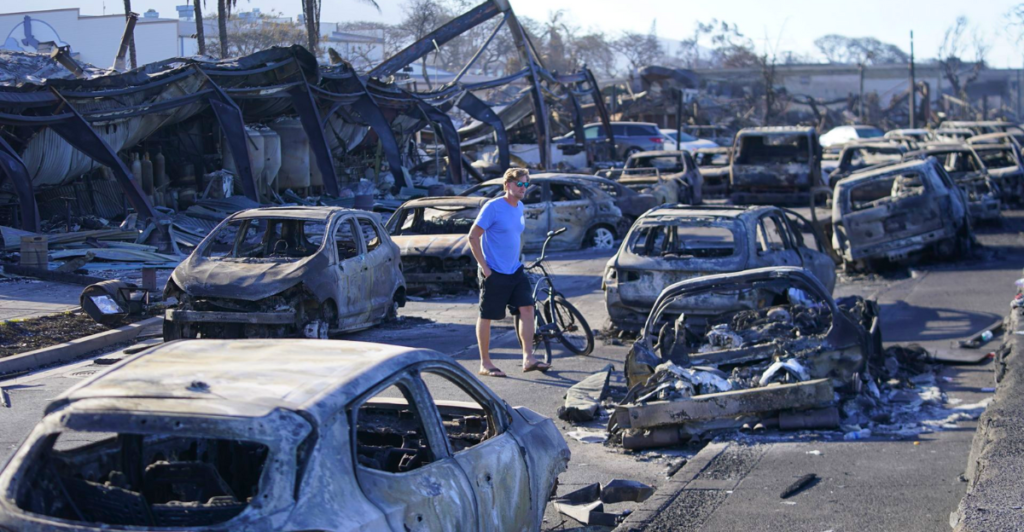
Wildfires have long been a devastating force in the United States, claiming lives, destroying homes, and altering landscapes. As climate change intensifies, the frequency and severity of these wildfires have escalated, leading to catastrophic events that leave lasting scars on communities and ecosystems. Understanding the deadliest wildfires in U.S. history not only sheds light on the scale of destruction but also highlights the ongoing challenges in wildfire management and prevention. This exploration serves as a reminder of the urgent need for effective strategies to mitigate future disasters.
1. Lahaina Fire (2023)
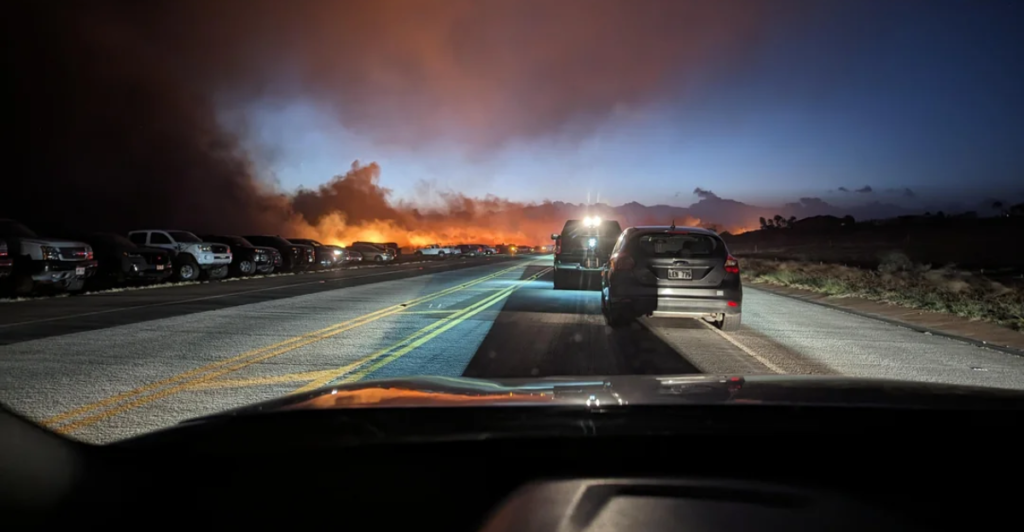
The Lahaina Fire in Maui, Hawaii, is noted as the deadliest wildfire in modern U.S. history, resulting in at least 102 confirmed fatalities and causing an estimated $5.5 billion in damages. The fire ignited on August 8, 2023, due to sparks from broken electrical lines that ignited dry vegetation. The blaze initially started small but rapidly escalated due to strong winds from Hurricane Dora, which transformed it into a catastrophic urban fire that destroyed approximately 81% of Lahaina’s structures. The aftermath revealed significant challenges in emergency response and evacuation efforts, highlighting the need for improved fire management strategies.
2. Camp Fire (2018)

This devastating wildfire struck Northern California, particularly impacting the town of Paradise. It resulted in 88 fatalities and destroyed over 18,000 structures, making it the deadliest wildfire in California’s history. The fire was ignited by electrical transmission lines owned by Pacific Gas and Electric (PG&E) amidst a period of extreme drought and high winds. The rapid spread of the fire caught many residents off guard, leading to chaotic evacuation efforts.
3. October Fire Siege (2017)
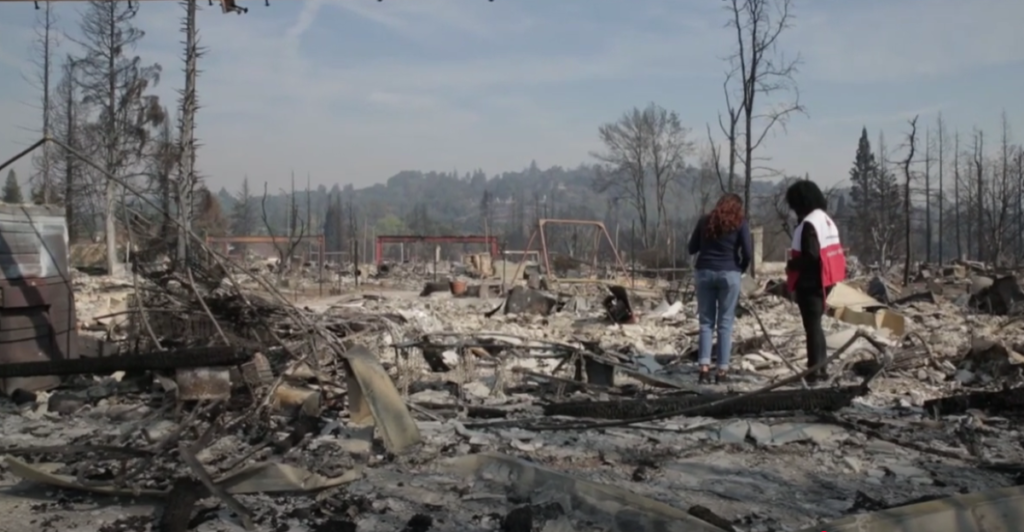
A series of wildfires swept through Northern California in October 2017, resulting in at least 44 deaths and extensive property damage across nearly 250,000 acres. The fires were fueled by dry conditions and strong winds, leading to widespread destruction in areas like Santa Rosa. This event underscored the vulnerabilities of communities situated near wildland-urban interfaces.
4. Cloquet Fire (1918)
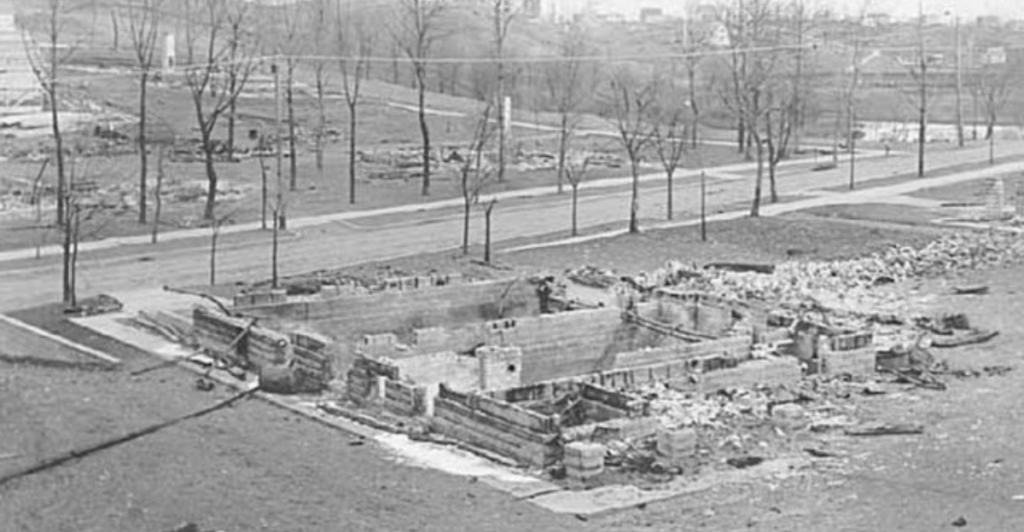
Occurring in Minnesota, this fire killed over 450 people and destroyed multiple towns, making it one of the deadliest wildfires in U.S. history. The Cloquet Fire was exacerbated by dry weather conditions and poor forest management practices at the time. Its legacy led to significant changes in fire prevention policies across the nation.
5. Peshtigo Fire (1871)
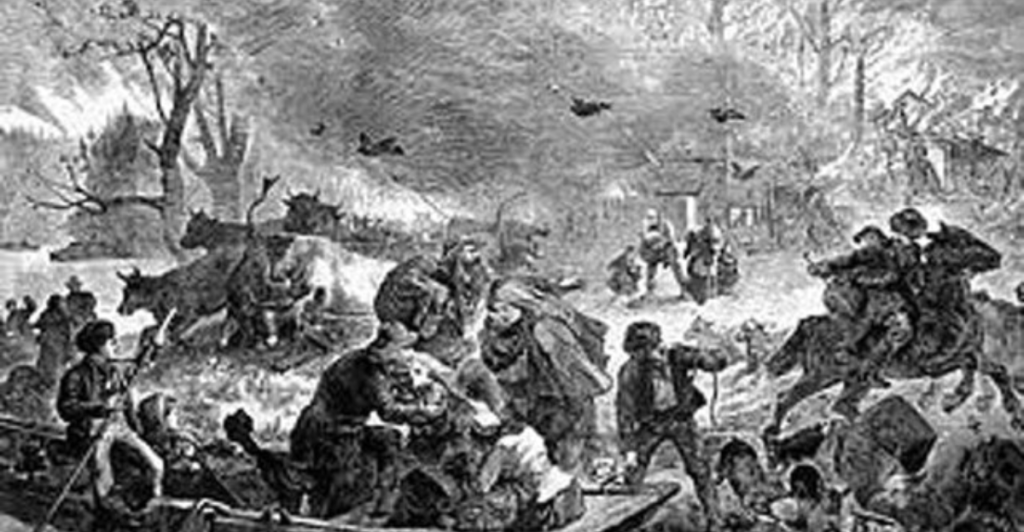
This Wisconsin fire is infamous for causing between 1,200 and 2,500 deaths, making it the deadliest fire in U.S. history. It coincided with the Great Chicago Fire but received far less attention due to its rural location. The Peshtigo Fire was driven by strong winds and dry conditions that allowed flames to spread rapidly through towns and forests.
6. Great Fire of 1910
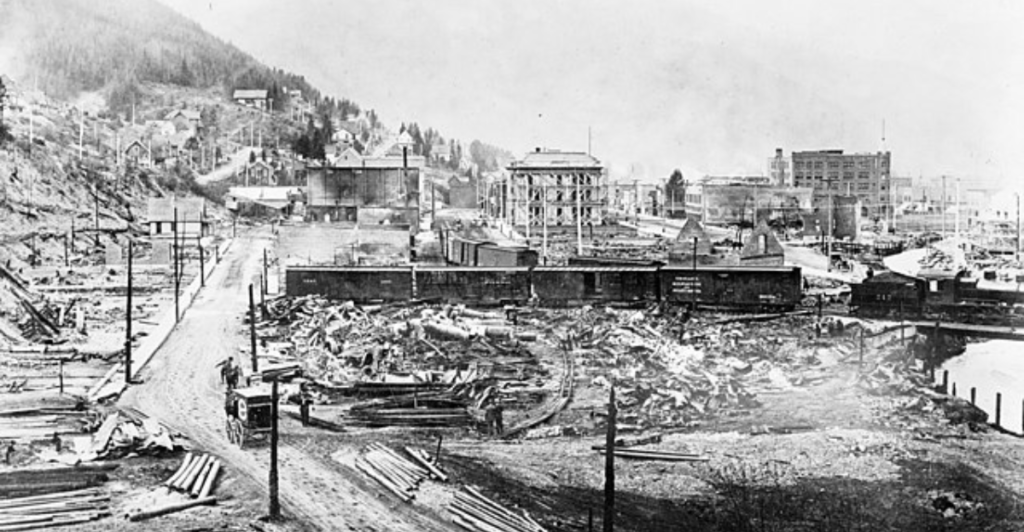
Known as the “Big Burn,” this massive wildfire swept through Idaho and Montana, killing 87 people, including many firefighters. It burned approximately 3 million acres over two days and was fueled by dry conditions and high winds. The scale of destruction prompted significant changes in national forest management practices.
7. Great Michigan Fire (1871)
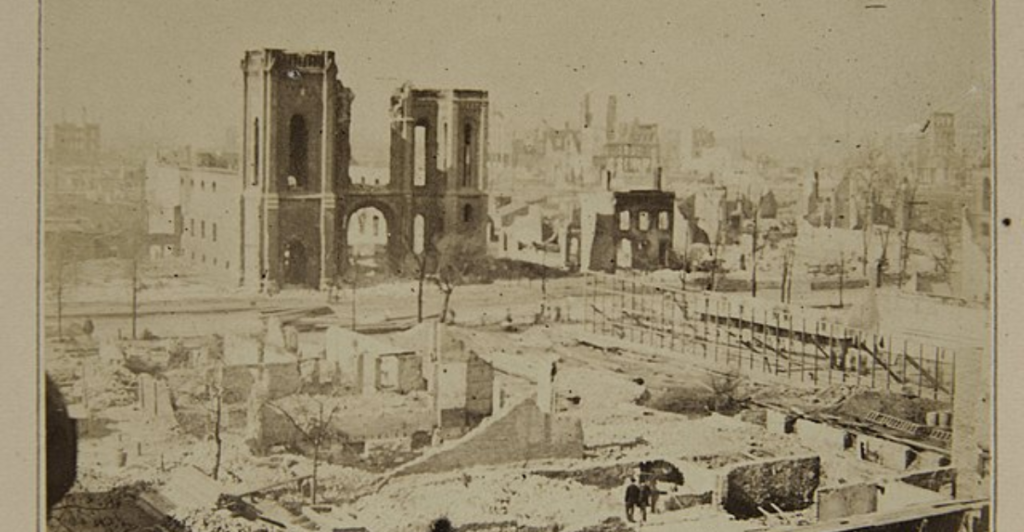
Also occurring in 1871 alongside other significant fires across the Midwest, this fire burned approximately 2.5 million acres and resulted in substantial loss of life and property. It highlighted the need for better forest management practices to prevent such widespread devastation.
8. Thumb Fire (1881)
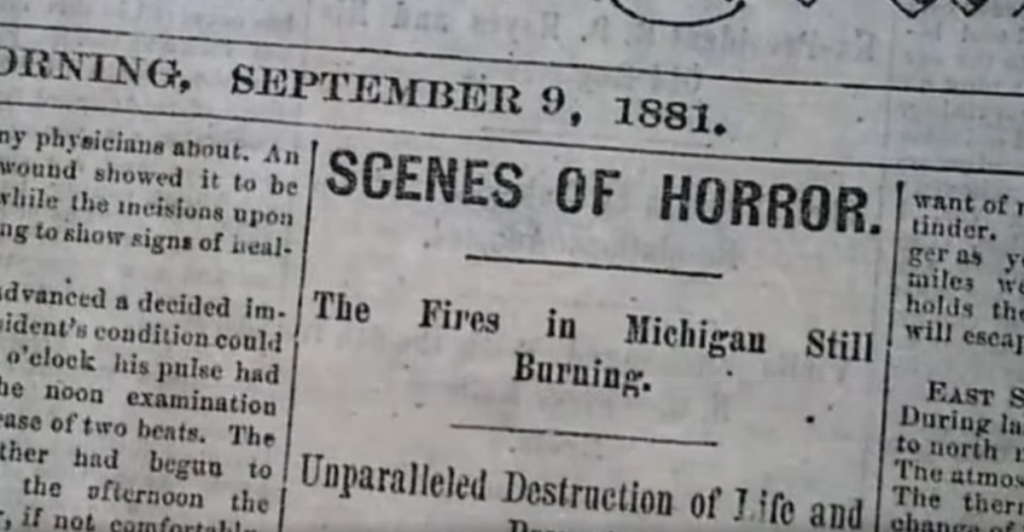
This Michigan fire claimed 282 lives and destroyed numerous homes across several towns. It was characterized by its rapid spread due to dry conditions and poor firefighting resources at that time.
9. Great Hinckley Fire (1894)
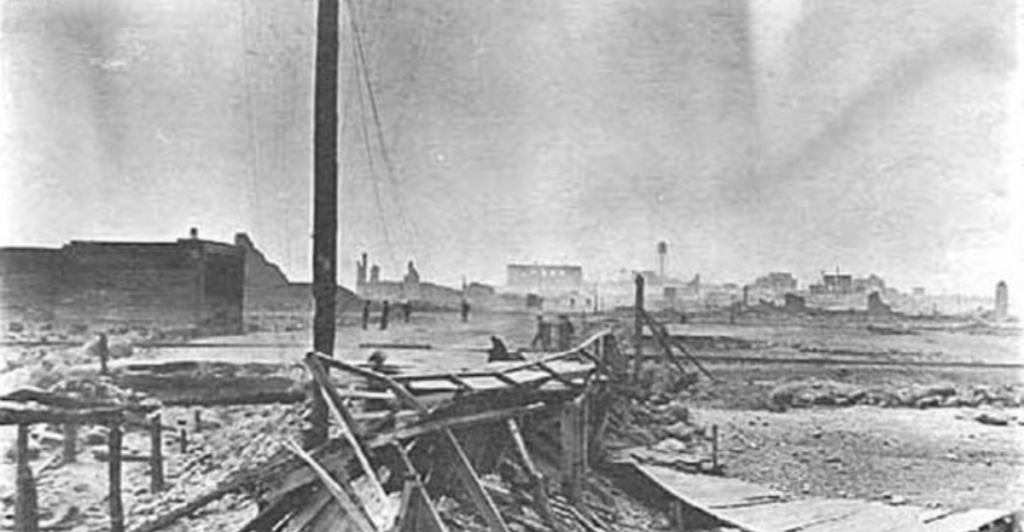
In Minnesota, this tragic event resulted in over 418 deaths as flames engulfed towns with little warning. The fire’s rapid progression was attributed to dry weather conditions combined with human activities that increased fire risks.
10. Laguna Fire (1970)
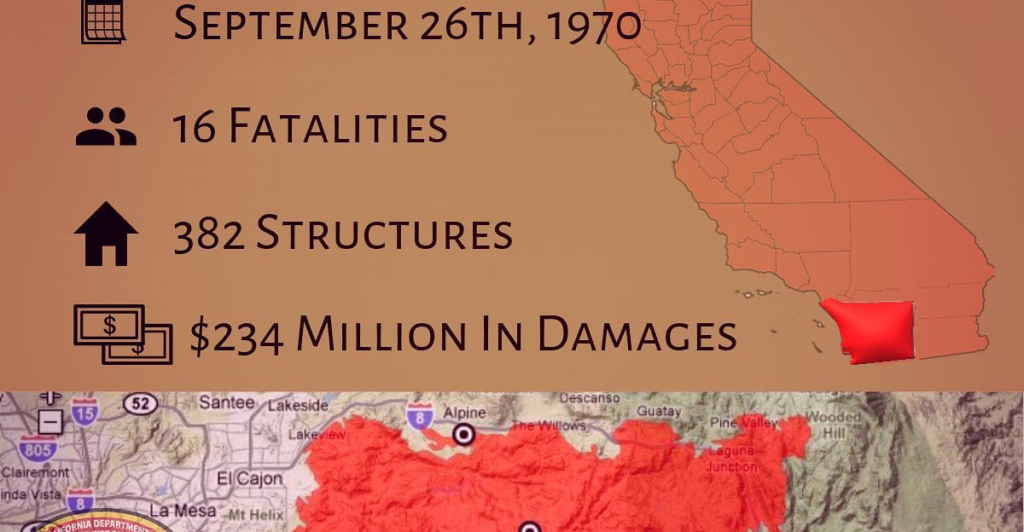
Occurring near San Diego, California, this wildfire resulted in eight deaths and destroyed 382 homes amidst a backdrop of drought conditions that facilitated its spread.
11. Bastrop County Complex Fire (2011)
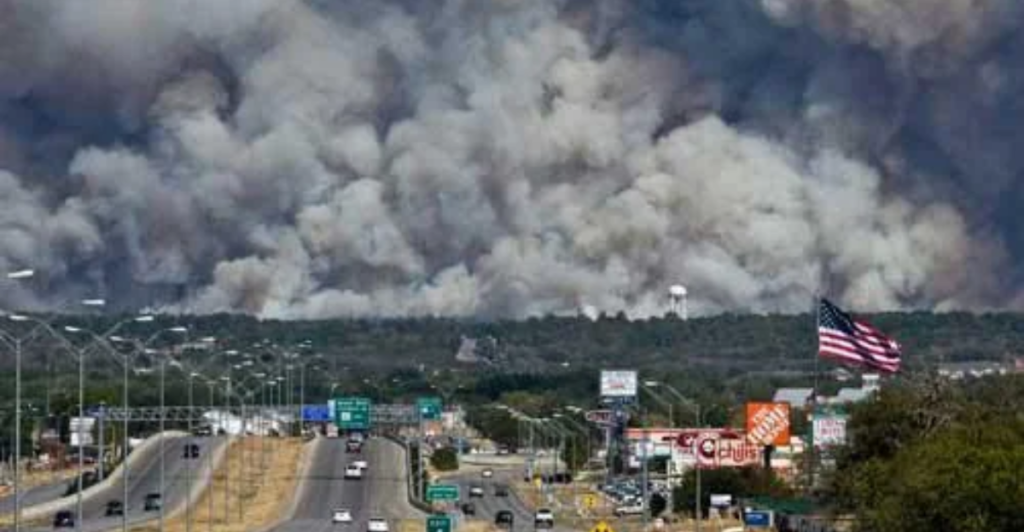
This Texas wildfire became known as the worst in state history, destroying over 1,500 homes and claiming several lives amidst severe drought conditions that had left vegetation highly flammable.
Many Challenges Remain
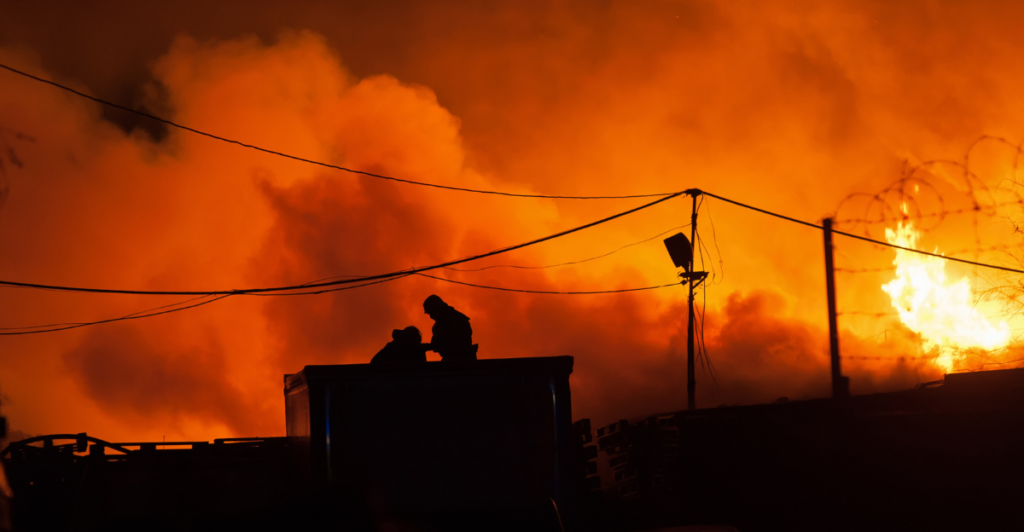
Despite advances in firefighting techniques and technology, many challenges remain unaddressed. Human activity continues to be a major factor contributing to wildfires; a congressional report indicated that approximately 89% of wildfires from 2018 to 2022 were caused by human actions. Furthermore, climate change is exacerbating conditions that lead to more frequent and intense fires.
The lessons learned from these tragic events underscore the necessity for improved wildfire management strategies that prioritize prevention and preparedness. As communities continue to face the threat of wildfires, it is imperative that we adopt comprehensive approaches that incorporate better land management practices, increased funding for firefighting resources, and public awareness campaigns aimed at reducing human-caused ignitions. Only through concerted efforts can we hope to mitigate the devastating impacts of future wildfires on lives and livelihoods across the nation.
Discover more of our trending stories and follow us to keep them appearing in your feed

California Is Splitting Apart: A Fault Line Is Forming Faster Than Anyone Predicted
Deepest Hole On Earth Permanently Sealed After 2 Billion Year Old Discovery
States That Have The Worst Wildfires
Ways The Average Person Can Protect Wildlife From Wildfires
References:
A look at the deadliest US wildfires in modern history
The Largest Wildfires in U.S. History
The 5 Deadliest Wildfires in America
Stay connected with us for more stories like this! Follow us to get the latest updates or hit the Follow button at the top of this article, and let us know what you think by leaving your feedback below. We’d love to hear from you!







